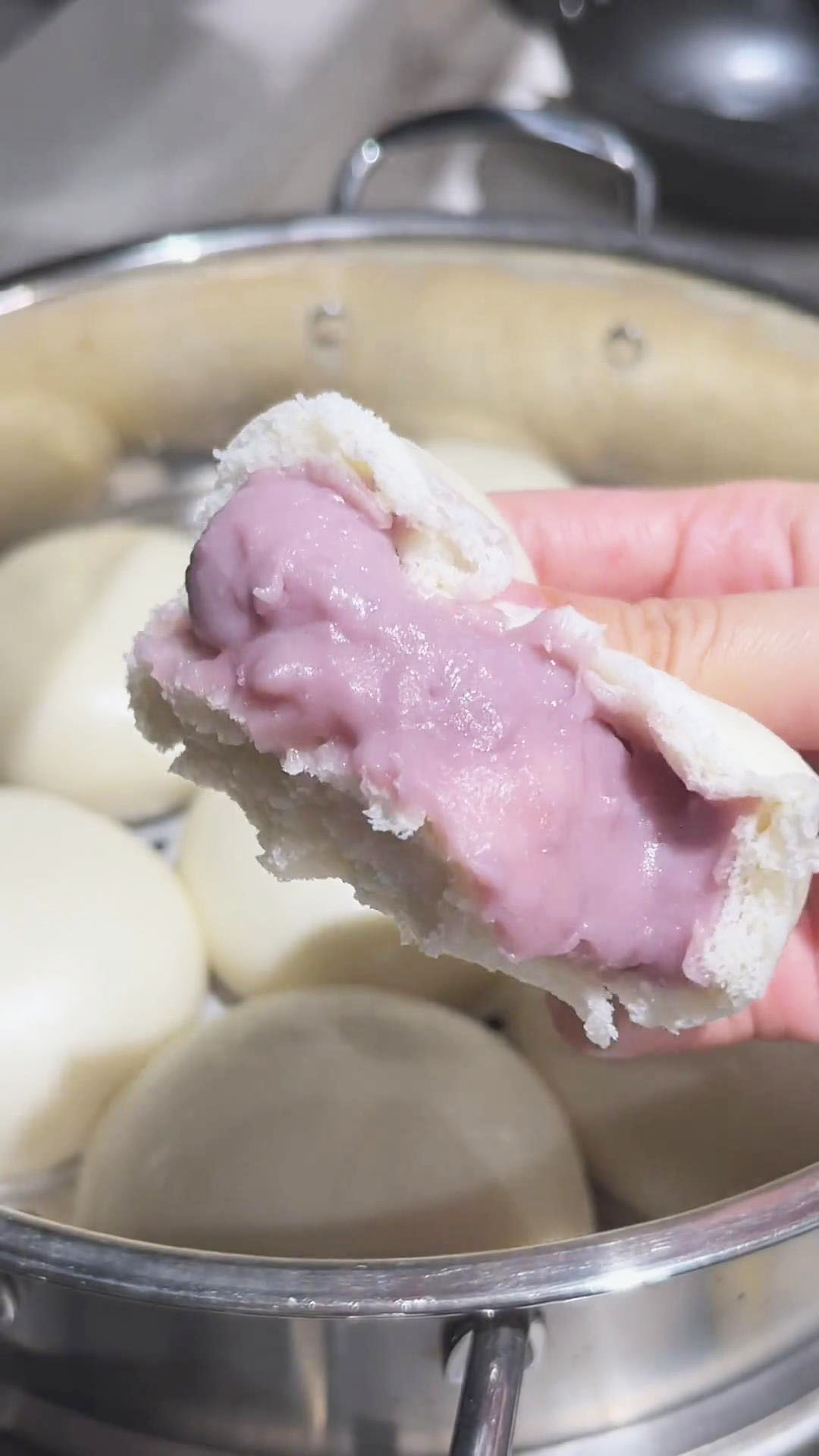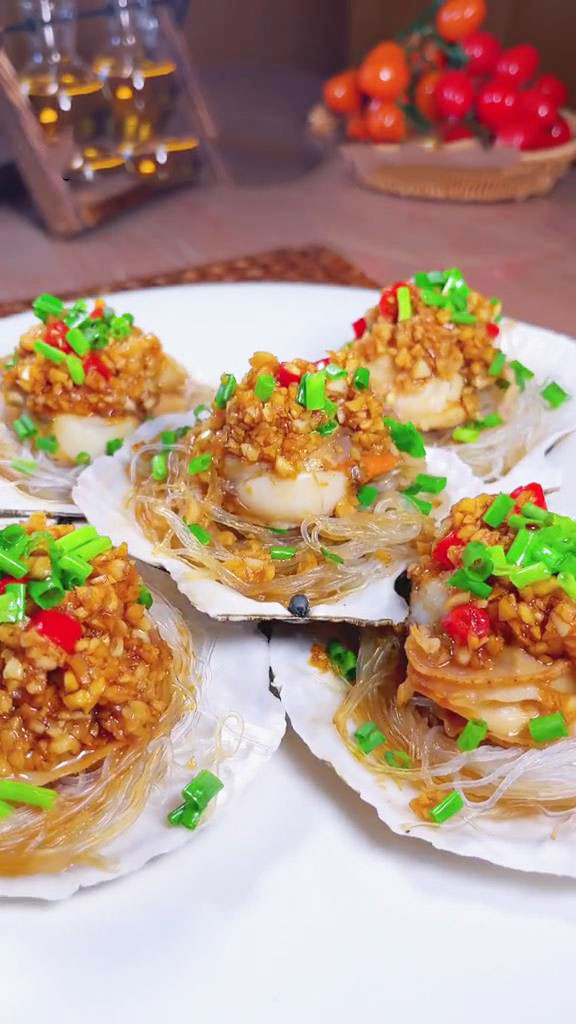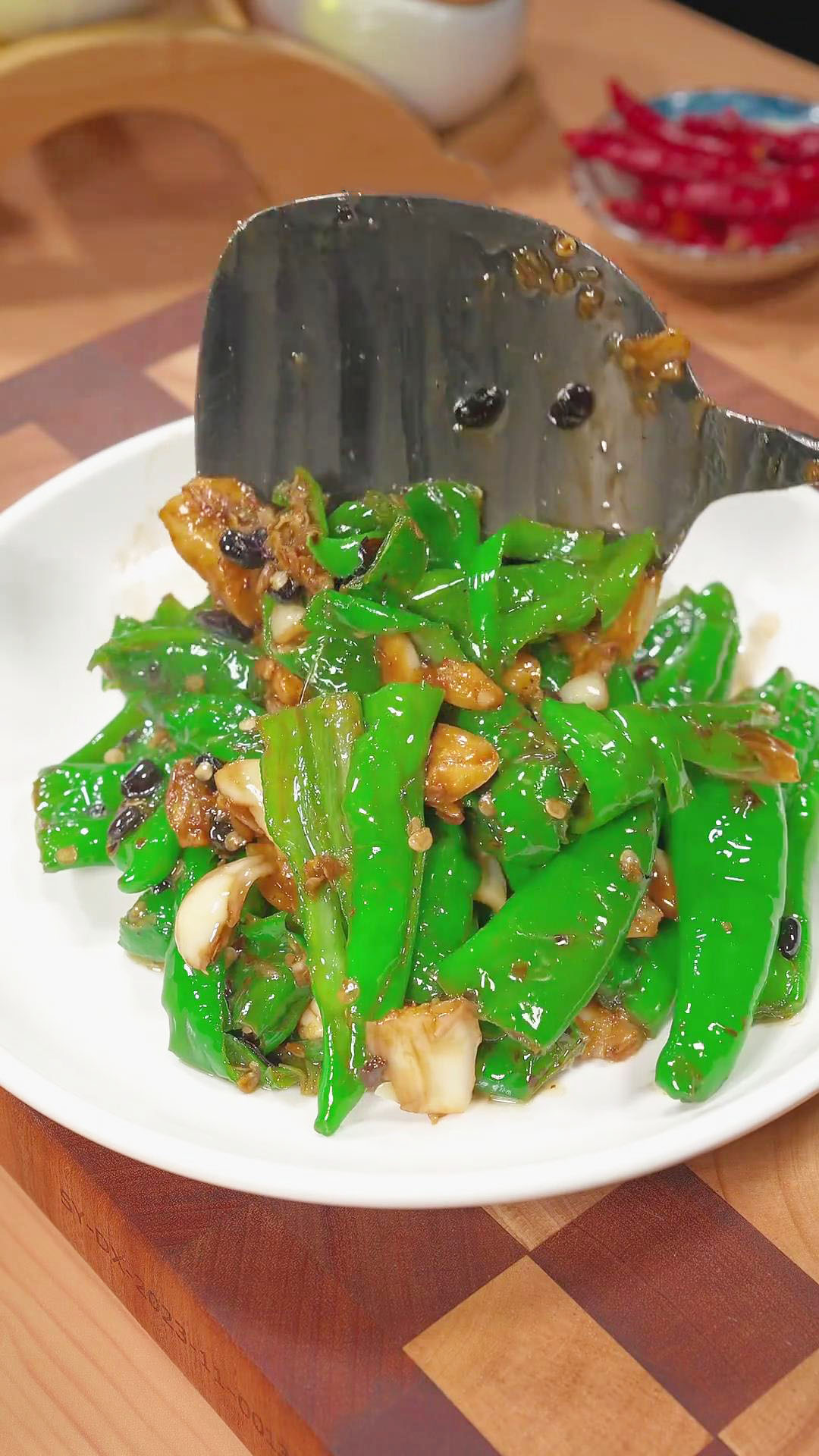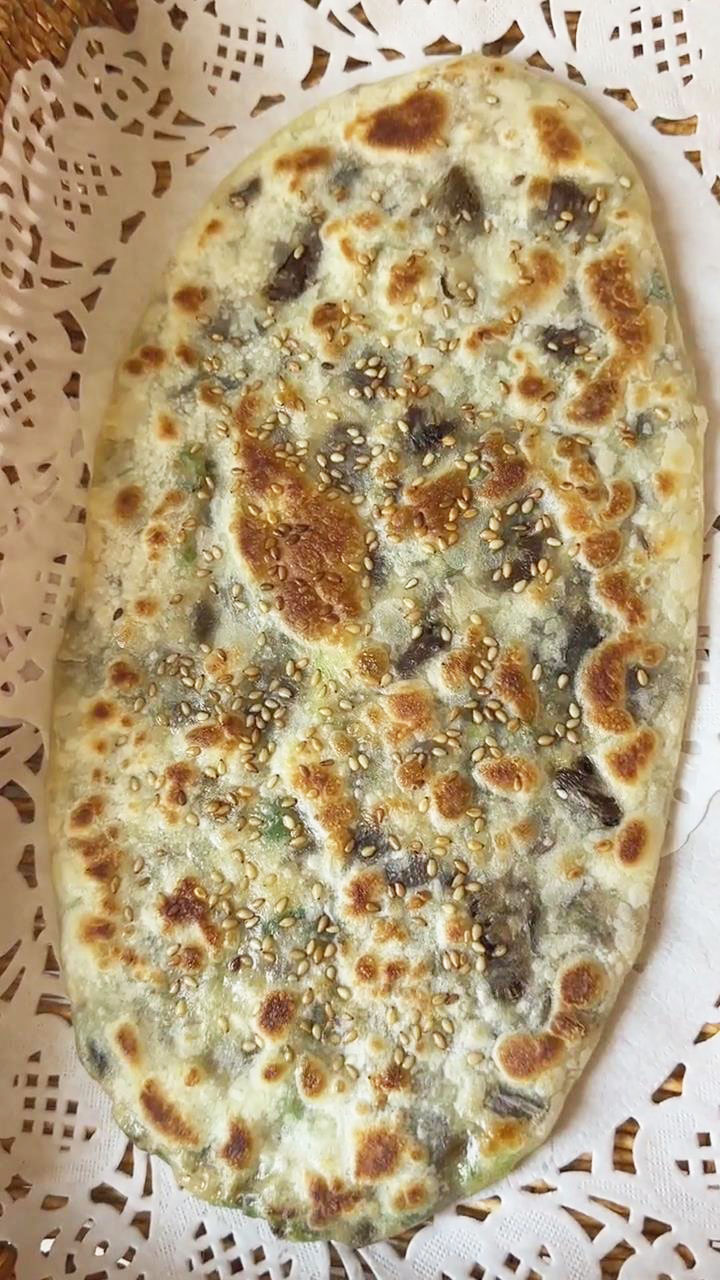If you are a dim sum lover who enjoys a sweet bao bun like my sugar bun recipe, you should definitely try this fluffy steamed taro bun.
This home-cooked bun is a dim sum staple that uses a sweet and nutty paste made with taro and purple sweet potato. It is the perfect Chinese bun for breakfast or snack time.
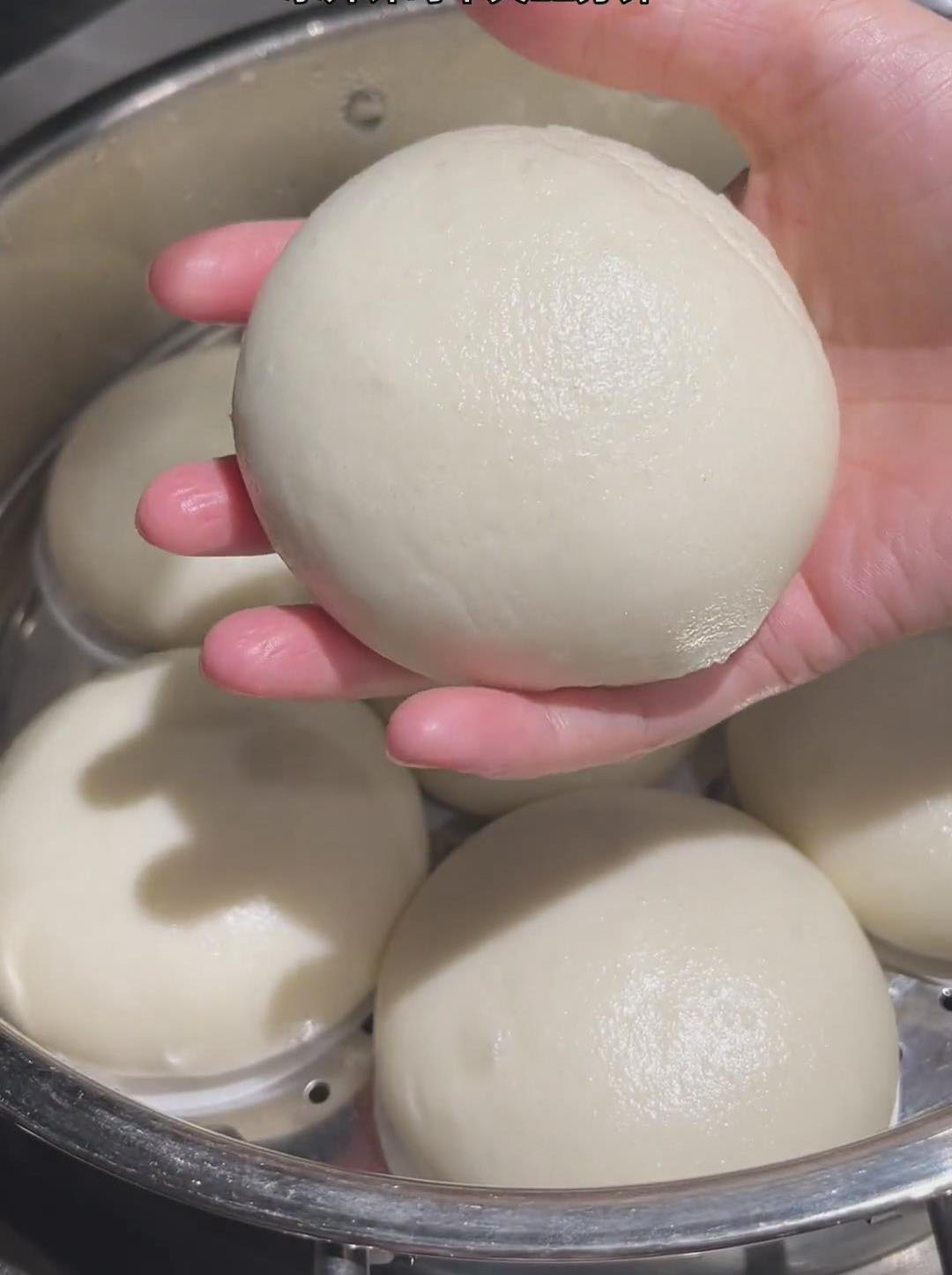
What Is Taro?
Taro (Colocasia esculenta) is a root vegetable of the plant family of Araceae. It has brown-grayish skin with ring patterns and white flesh with light purple tiny dots. Its color gets more purple when cooked or processed.
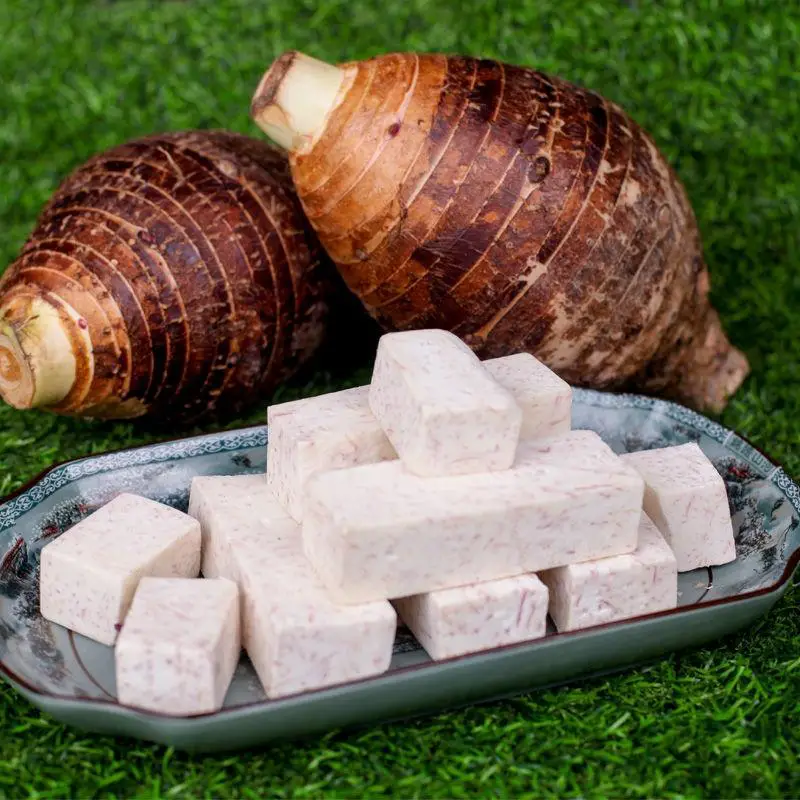
When it comes to taste, it is naturally sweet with notes of nutty and earthy flavors. You may also know this as toran in Korea, Kalo in Hawaii, and Pheuak in Thailand. It can be used in several ways, including taro sago dessert soup, taro balls, deep-fried sugared taro, and taro paste.
In this recipe, we will be using taro paste as the filling of the taro bun. Keep in mind that taro is not a sweet potato, but it is similar in terms of starchiness and color. However, purple sweet potato is needed for this recipe for a more intense purple color.
Ingredients For Steamed Taro Bun
Bun Dough
To wrap the taro paste filling, we will make bun dough wrappers. You will need all-purpose flour, yeast, and warm water. These dough ingredients are common for most bun varieties, such as beef bao bun, tofu bun, char siu bao, chicken bao bun, and egg custard buns.
- All-Purpose Flour: The flour will make the buns white, soft, and fluffy. Don’t use special flour like whole wheat flour, rice flour, and glutinous rice flour. These types of flour will give you a different texture that is not ideal for bao buns. For instance, rice flour will give you a chewy texture, while glutinous rice flour will give you a sticky and chewy texture. In the recipe steps, the flour is mixed with water and kneaded into a smooth dough before combining with the yeast.
- Yeast Powder: The ingredient that will make the bun rise and airy is the yeast. In this recipe, the yeast is first mixed with warm water before combining it with the flour mixture. If you are using instant or fast-rising yeast, you can already mix it directly with the flour and warm water.
- Warm Water: I mentioned using warm water since it is the ideal temperature for the yeast. Hot water with a temperature between 120°F to 140°F or higher will kill the yeast. Yeast is a single single-celled living microorganism that can be killed by hot water. If the yeast is killed, it will not activate the rising process. Thus, the buns will not rise and remain flat.
Taro Paste Filling
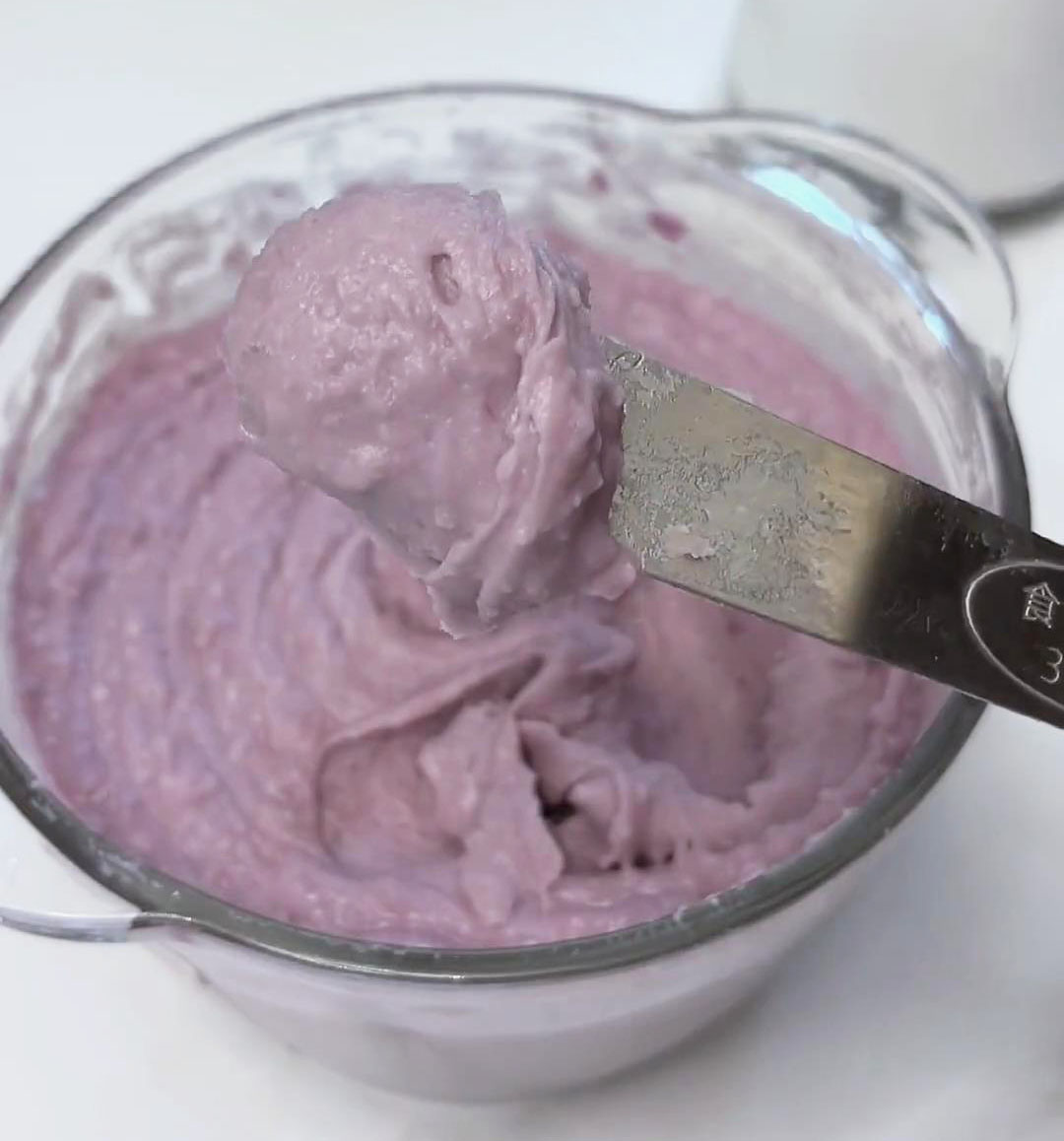
My recipe uses taro, purple sweet potato, light cream, milk, butter, and condensed milk to make the taro paste filling. Not only is taro paste used for steamed buns, but you can also use it as a filling for different baked goods or make taro milk tea. Here are some suggestions for each ingredient:
- Taro: Use fresh, frozen, or canned taro. You can normally find taro in Asian supermarkets or in the international section of grocery stores. If you can’t really find taro, you can swap it for more sweet potatoes, such as yellow or purple sweet potatoes. Some people have sensitivities when touching raw taro with bare hands. If you experience this, wash your hands thoroughly and use food-safe gloves when handling taro.
- Sweet Potato: Sweet potatoes have several varieties in color, including red, yellow, brown, and purple. In this recipe, we use purple sweet potato to make the paste have a deeper purple color. The purple color of taro is not as dark as purple sweet potato. Taro only has white flesh with tiny spots of light purple but it will not make the entire filling have a deep purple color. If you don’t have purple sweet potato, you can use other types of sweet potato but this will not give you the purple color of the filling.
- Light cream: Light cream is best for desserts for extra creaminess with lower fat content. The best substitutes for light cream are plant-based light cream, coconut cream or milk, melted butter with milk, and evaporated milk. If using coconut cream or milk, it will add a hint of coconut flavors to the filling.
- Milk: Milk helps create a silky consistency in the filling. It will make it smoother and less thick, but it shouldn’t also make it runny. Any type of milk will do, such as soy, oat, or almond milk. If you don’t have milk, you can replace it with extra light cream.
- Butter: Butter enhances the flavor and adds moisture. It improves the texture of the filling by making it soft and rich. Instead of butter, you can also use margarine, vegetable shortening, vegan butter, cream cheese, yogurt, or nut butter.
- Condensed milk: You can add a bit of richness and creaminess to the filling by adding a small amount of condensed milk. Furthermore, it adds sweetness to the overall taste. The recipe only calls for 20g of this, so you can generally omit it if you don’t want to use it. Condensed milk may be substituted with condensed coconut milk, coconut cream, whole milk and sugar, and almond milk and sugar.
What To Know About Making Bun Dough
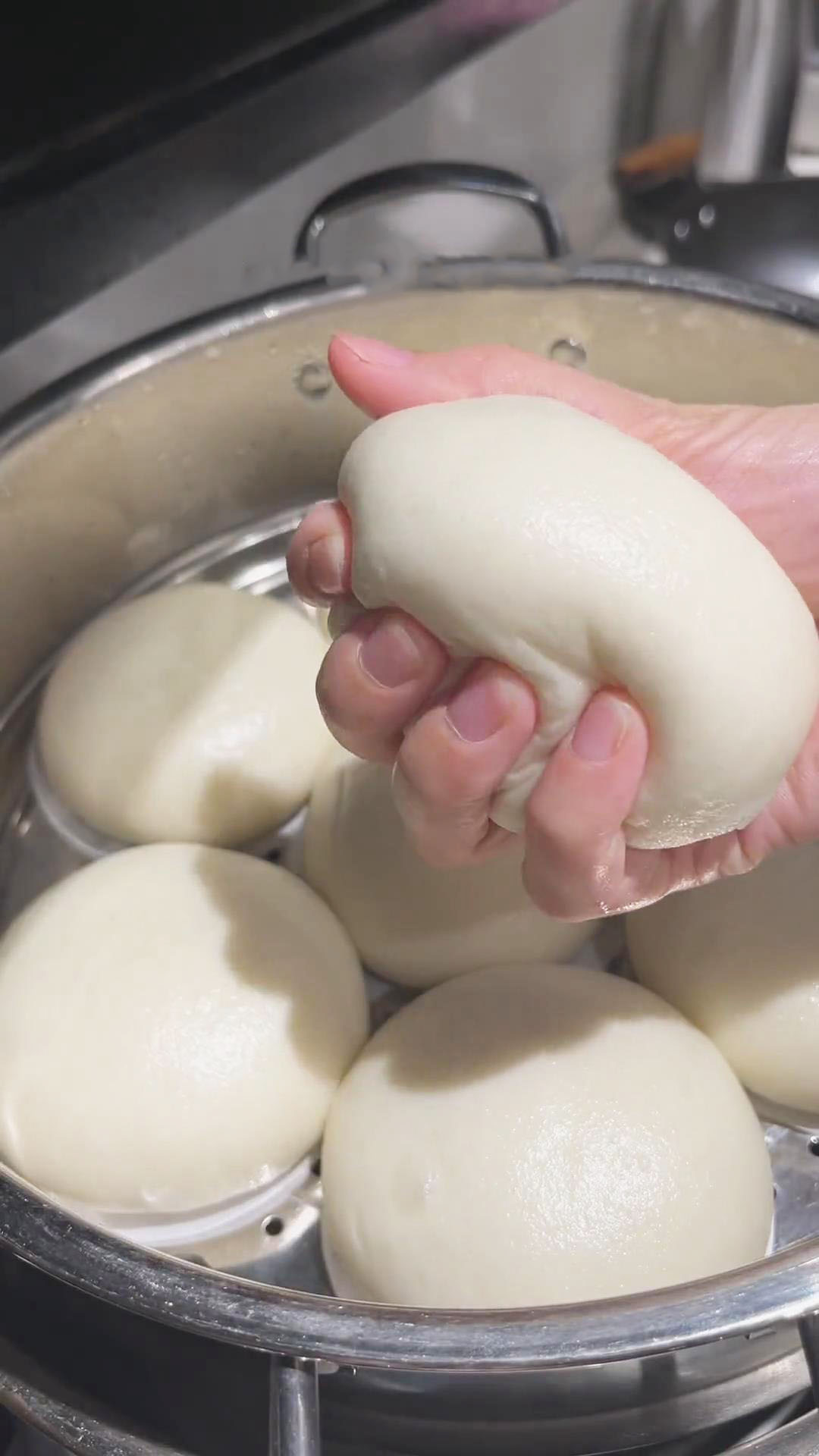
It is important to note that a number of factors can affect the fluffiness and softness of buns, such as kneading too little, insufficient proofing time, or oversteaming. If you have never made bao buns before, here are some tips to help you succeed the first time around.
- Use a kitchen weighing scale and thermometer for accuracy: Inaccurate measurements can affect the dough’s consistency. I suggest using a kitchen weighing scale to help you get the right amount of ingredients. In this way, you can avoid having dough that may become too runny or stiff because of inaccurate measurements. Since you want to make sure that you don’t kill the yeast, I recommend using a kitchen thermometer. With a kitchen thermometer, you can be assured that the water’s temperature is safe for the yeast and you don’t risk wasting a batch of ingredients.
- Adjust the dough‘s consistency if needed: As mentioned, inaccurate measurements can lead to a watery or stiff dough. Sometimes, the dough’s consistency can also be affected by the type of flour and brand used even if you measured the ingredients with a kitchen weighing scale. When this happens, you can adjust the consistency by adding flour or water. Remember to add small amounts only as you don’t want to overdo it.
- Proof the buns until they become 1.5 or 2 times their original size: Proofing may take 30 minutes to an hour until you have buns that are 1.5 or 2 times their original size. Do not do this process too short or too long. If the buns are proofed too long, it weakens the dough because of too much air. If the buns are proofed too short, the activation of yeast is not completed and will not make the buns rise.
- Proof buns in a warm environment: You can proof the buns in a warm environment such as the steamer basket or in the oven with a cup of boiled water next to it.The warmer the temperature, the faster it ferments. In this case, make sure it does not proof too long. On the other hand, if the environment is too cold, proofing may take longer.
- Check for signs of a well-proofed dough: Since proofing time may vary, you can check for signs that the buns are proofed correctly. Here are some things to note:
- Size: At least5 or 2 times its size.
- Scent: With a natural wheat scent
- Texture: It is springy when pressed lightly. Your dough should return to its original shape after lightly pressing it.
Kitchenware And Ingredients For Steamed Taro Bun
You will need a blender for the filling and a steamer to cook the assembled buns. If you don’t have a steamer, you can still steam buns without a steamer in five DIY methods. These include steaming the buns with a pan and a steamer rack, a pan with a sieve, a microwave, a rice cooker, or an instant pot.
It won’t be difficult to find the ingredients since they are usually common items in your local grocery store. However, you may have to look for taro in Asian, Indian, Latin American, or International supermarkets. To get started with the recipe, prepare the following items:
Kitchen Items
- Blender or food processor
- Mixing bowl
- Steamer
- Knife or dough cutter
- Dough rolling pin
- Parchment paper
- Steamer with lid
- Kitchen weighing scale (optional)
- Kitchen thermometer (optional)
Ingredients For Taro Paste
- 500g Taro
- 100g Purple sweet potato
- 90g Light cream
- 30g Milk
- 20g Butter
- 20g Condensed milk
Ingredients For The Dough
- 150g Water
- 300g Flour
- 3g Yeast
Steps To Make Steamed Taro Bun
In a nutshell, the recipe calls for blending the taro paste, kneading the dough, and assembling the filling and dough. Once you have steamed taro buns, you can keep them in the fridge or freezer and re-steam them when ready to eat them. I like to re-steam the frozen buns in the steamer for 5 minutes or more.
Serve these buns with other dim sum favorites, such as wontons (fried pork dumplings) and xiao long bao. Before starting with the recipe instructions, have a look at my tutorial videos on Instagram and TikTok to learn how I made the buns.
Make The Taro Paste
Steam the taro and purple sweet potato slices for about 30 minutes or until soft. Use the fork test to check if they are soft.
In a blender, blend the taro and purple sweet potato with light cream, milk, butter, and condensed milk. Blend until smooth to have a taro paste.
Refrigerate the taro paste for 2 hours.
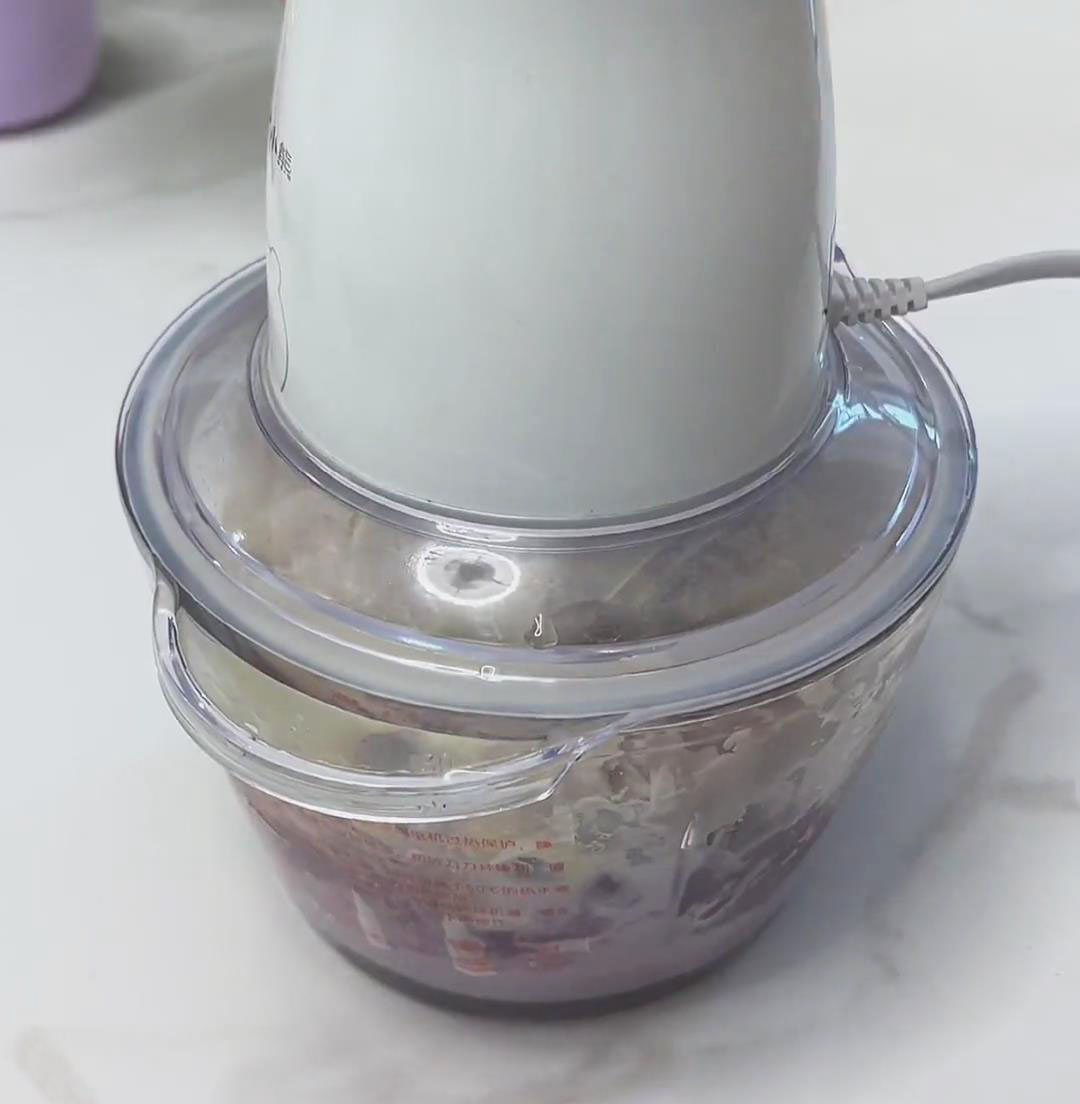

Knead The Dough
In a mixing bowl, mix water and flour and knead into a smooth dough. This should take approximately 5 minutes.
In a separate container, dissolve the yeast with a small amount of water. Add the dissolved yeast to the dough. Adding the yeast after kneading the dough helps prevent premature rising.
Knead the dough for an additional 3 minutes until the yeast is well incorporated.
Roll out the dough into a long cylindrical strip and cut it into small pieces about 1 inch wide.
Flatten each piece and roll it out with a rolling pin. You should have pieces of flat circular wrappers.
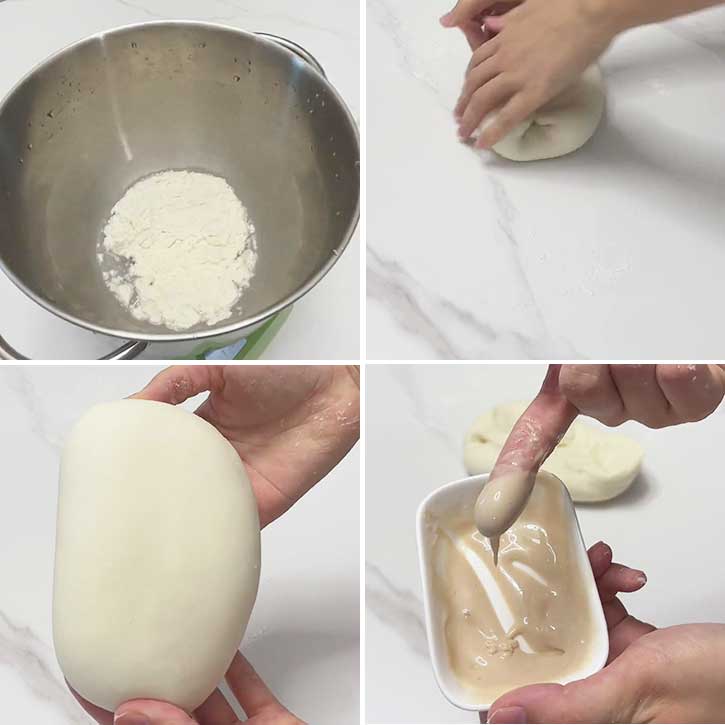
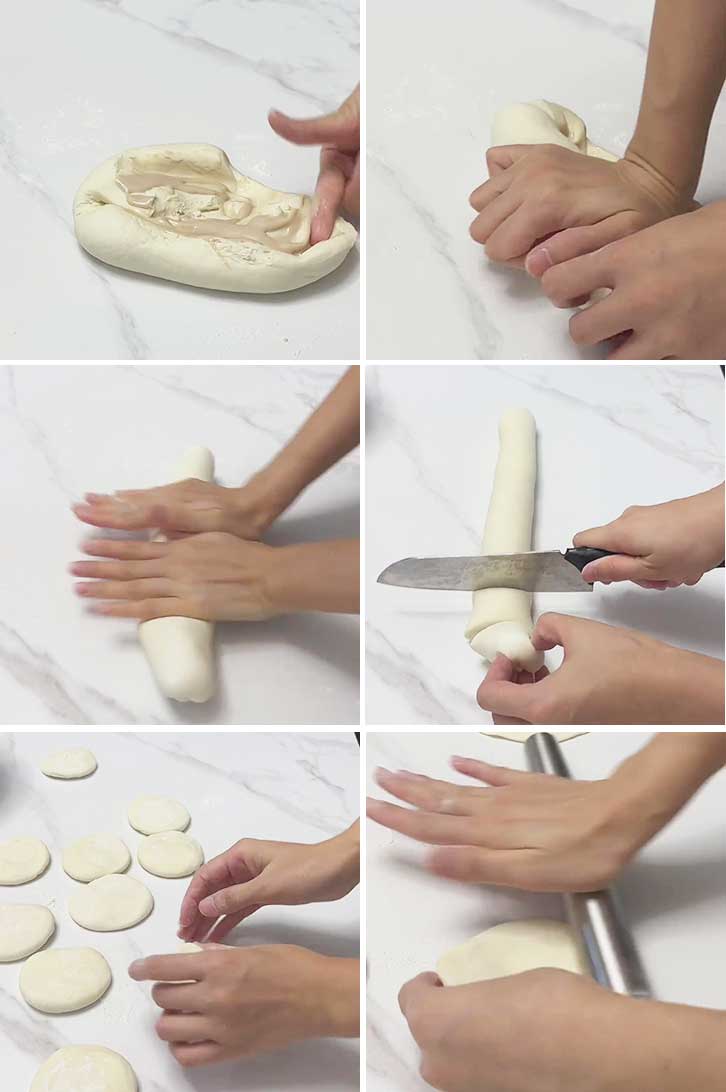
Combine The Dough Wrapper And Taro Paste
Take a piece of dough wrapper and place a spoonful of the taro paste in the center.
Grab the edges of the wrapper and seal them by creasing and pinching.
Roll it with your two hands to shape it into a bun.
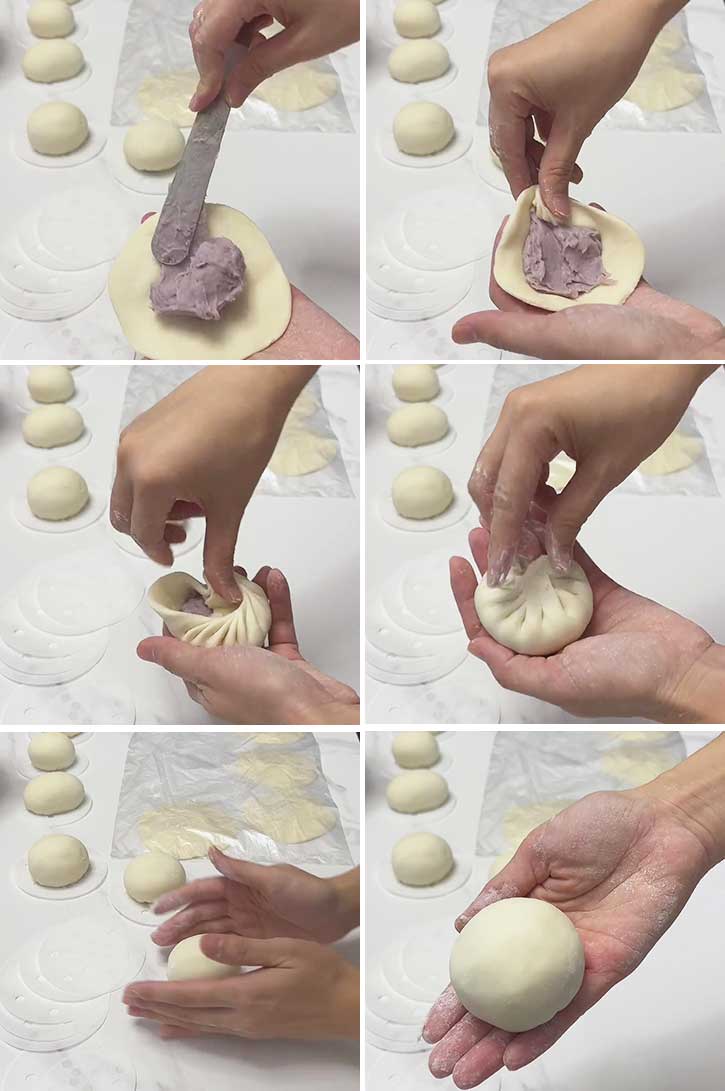
Place the buns in the steamer basket with parchment paper at the bottom of each bun.

Cover the buns and let them ferment until they are 1.5 times their original size.
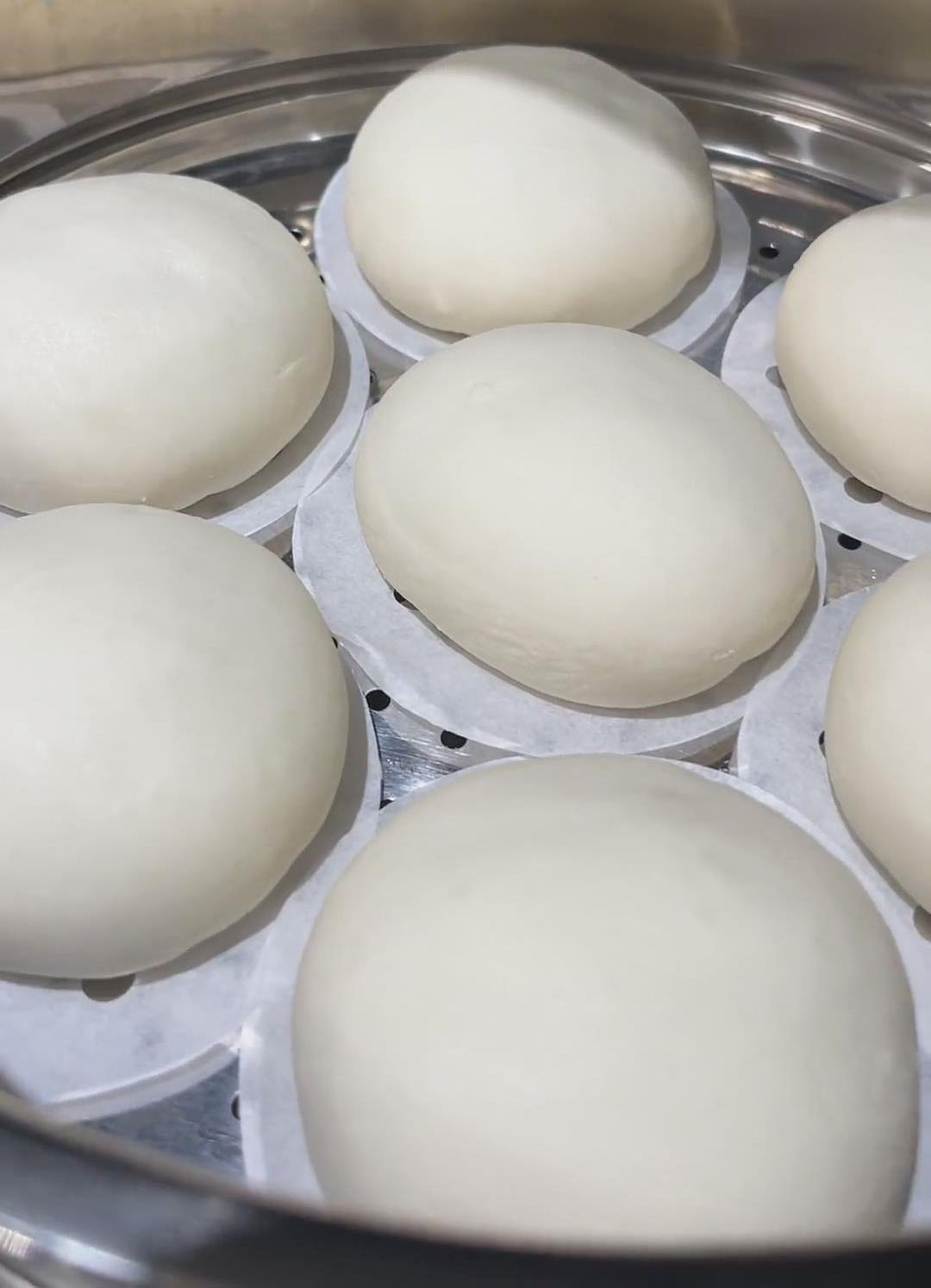
Then, turn on the heat and let it cook in the cold water first.
When the water starts boiling, steam the buns for 12 minutes over medium heat.
Enjoy the delicious and soft steamed taro buns with winter melon tea for snack time.

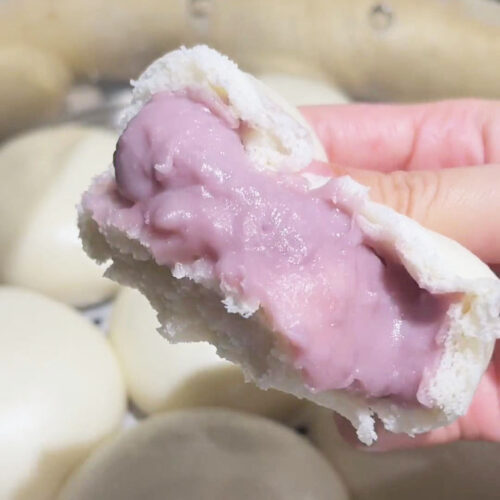
Sweet & Fluffy Steamed Taro Bun
Equipment
- Blender or food processor
- Steamer
- Knife or dough cutter
- Dough rolling pin
- Steamer with lid
- Kitchen weighing scale (optional)
- Kitchen thermometer (optional)
Ingredients
Ingredients For Taro Paste
- 500 g Taro
- 100 g Purple sweet potato
- 90 g Light cream
- 30 g Milk
- 20 g Butter
- 20 g Condensed milk
Ingredients For The Dough
- 150 g Water
- 300 g Flour
- 3 g Yeast
Instructions
Make The Taro Paste
- Steam the taro and purple sweet potato slices for about 30 minutes or until soft. Use the fork test to check if they are soft.
- In a blender, blend the taro and purple sweet potato with light cream, milk, butter, and condensed milk. Blend until smooth to have a taro paste.
- Refrigerate the taro paste for 2 hours.
Knead The Dough
- In a mixing bowl, mix water and flour and knead into a smooth dough. This should take approximately 5 minutes.
- In a separate container, dissolve the yeast with a small amount of water.
- Add the dissolved yeast to the dough. Adding the yeast after kneading the dough helps prevent premature rising.
- Knead the dough for an additional 3 minutes until the yeast is well incorporated.
- Roll out the dough into a long cylindrical strip and cut it into small pieces about 1 inch wide.
- Flatten each piece and roll it out with a rolling pin. You should have pieces of flat circular wrappers.
Combine The Dough Wrapper And Taro Paste
- Take a piece of dough wrapper and place a spoonful of the taro paste in the center.
- Grab the edges of the wrapper and seal them by creasing and pinching.
- Roll it with your two hands to shape it into a bun.
- Place the buns in the steamer basket with parchment paper at the bottom of each bun.
- Cover the buns and let them ferment until they are 1.5 times their original size.
- Then, turn on the heat and let it cook in the cold water first.
- When the water starts boiling, steam the buns for 12 minutes over medium heat.

